Herzogin Cecilie
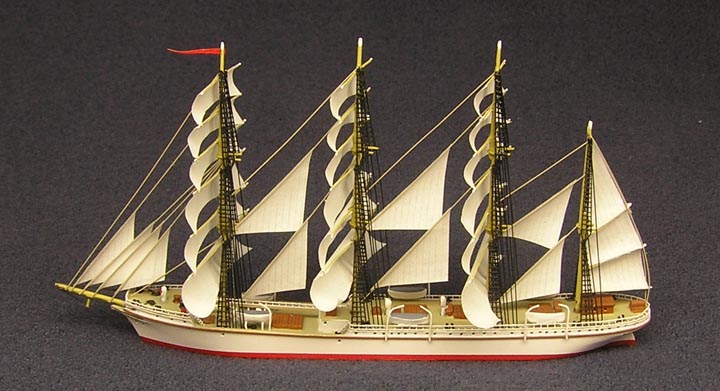
1902
(Carat CSG-013)
- Type: Four-masted steel barque
- Dimensions: 315 (wl) 380 (oa) x 46 x 24 ft.
- Displacement: 3,242 gross tons
- Main mast: 175 ft.
- Sail area: 38,000 sq. ft.
- Crew: 81
- Built: Rickmers Schiffbau AG, Geestemünde
- Launched: 1902
- Service: Built for Norddeutscher Lloyd Bremen, she was named after the German Crown Princess Duchess Cecilie of Mecklenburg-Schwerin. One of the fastest merchant sailing ships of her time, in 1903 she sailed from Portland, Oregon to the Lizard off England in only 106 days. Sailing ships remained competitive for routes around Cape Horn, such as the salpeter trade with Chile and the wheat trade with Australia, because coal for steamships was in short supply on that route. At the outbreak of World War I, she was interned in Chile, not returning to Germany until 1920. Given to France as a war reparation, she was subsequently sold to Gustaf Erikson of Finland. She participated in the annual grain races from Australia, usually loading in the Spencer Gulf area at Port Victoria or Wallaroo, and then travelling to the British Isles. Having won four times prior to 1921, she won another four times in eleven tries from 1926-1936.
In 1936, she sailed to Falmouth in only 86 days, the second fastest time ever, but then in dense fog, ran aground on Ham Stone Rock while making for Ipswich on 25 Apr 1936. Part of her cargo were unloaded and she was towed to Starhole in June and beached, only to be broken up by the waves there.
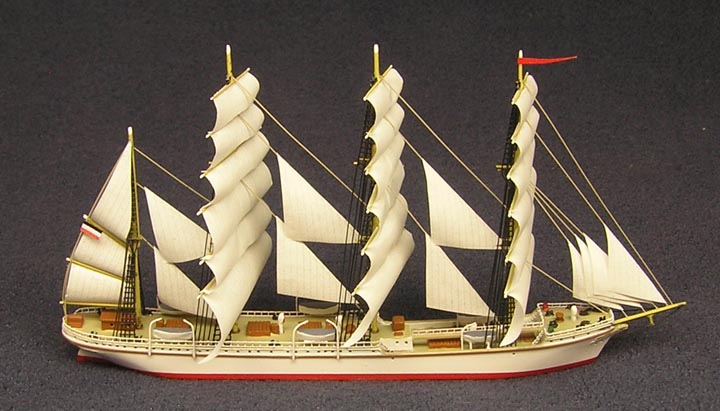
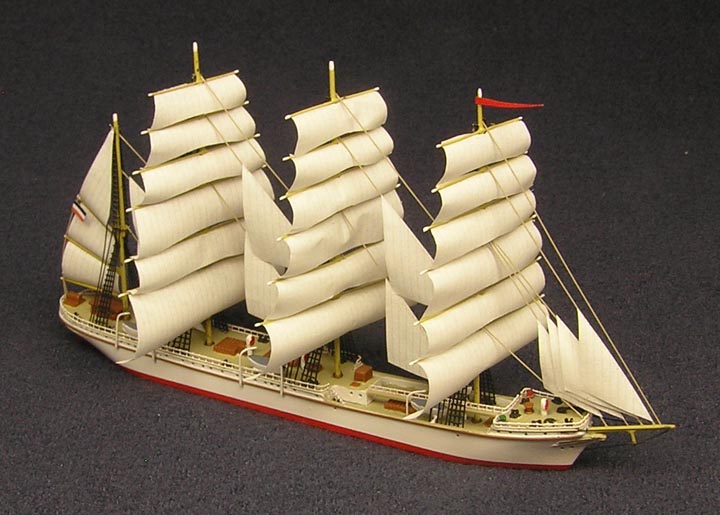
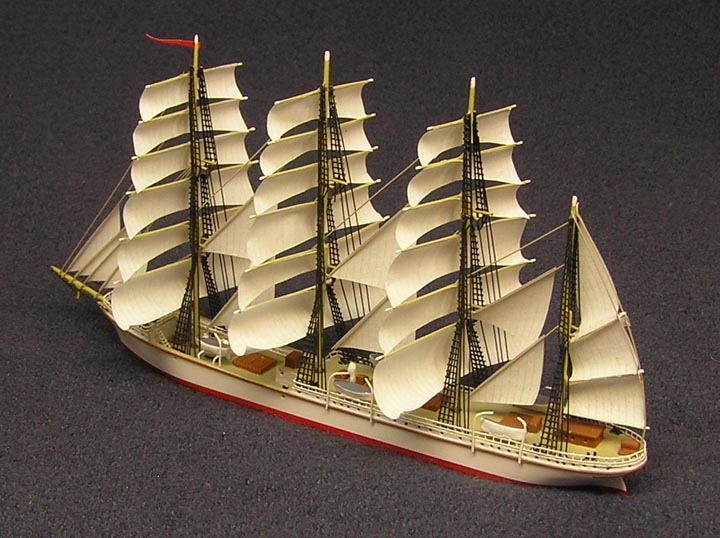
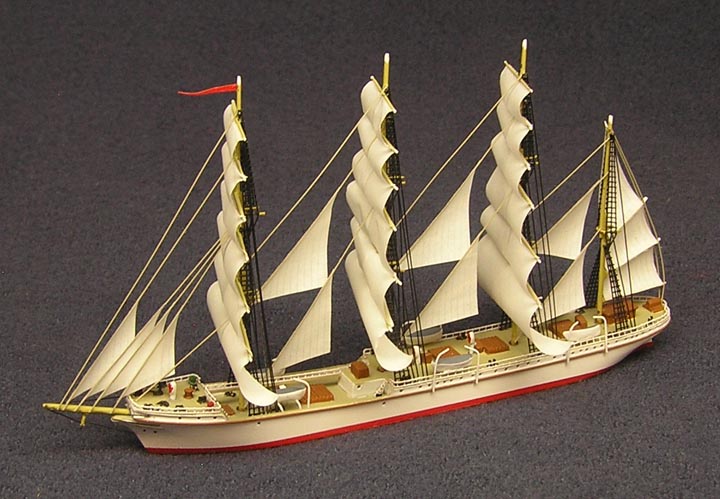
 Up
Up






 Up
Up